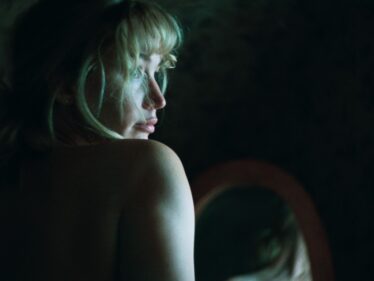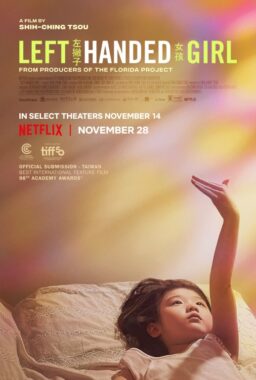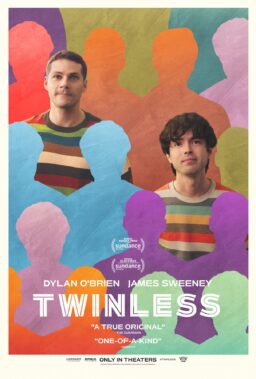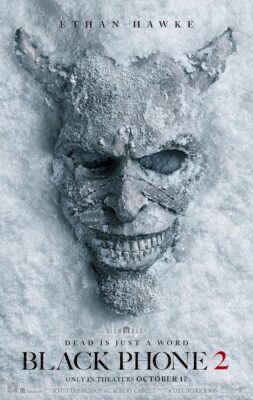LOS ANGELES — When Steven Spielberg’s “Indiana Jones and the Last Crusade” begins turning up in video stores in late January, the video industry will be watching the sales figures with intense curiosity. Not because there’s any suspense over the film’s popularity – it’s expected to sell millions of copies. But because this will be an acid test for the controversial practice of “letterboxing.”
Also sometimes referred to as “wide-screen video,” this is the practice of showing the entire width of a wide-screen movie by centering the image on TV screen, and placing black borders above and below it. The more common practice in home video, known as “panning and scanning,” is to fill up the entire TV screen with a portion of the wide-screen picture, and then pan back and forth in an effort to include as much of the action as possible.
True video movie buffs prefer letterboxing. They want to see the unabridged wide-screen compositions of directors like Spielberg, who use the entire wide-screen area. But among average home-video viewers, who may not have given the matter much thought, letterboxing is not popular. If the picture doesn’t cover their whole TV screen, they think they’re getting less instead of more.
Spielberg is committed to letterboxing. But even the most successful director in the history of the medium cannot always have his way, and when “Indiana Jones and the Last Crusade” hits the stores, it will be available in both formats – letterboxed and cropped.
Therein lies a tale.
Last October, at his offices on the Universal backlot, I sat in with Spielberg at a strategy session he was holding with his home-video experts. They screened “Last Crusade” both ways. Time after time, Spielberg jumped up in annoyance at the cropped version, which was eliminating key parts of his original picture.
One moment was particularly dramatic. Indiana Jones (Harrison Ford) and his father (Sean Connery) were on opposite sides of the screen. They both arrived at the same idea at the same instant, and their eyes met in what might be described as an “a-ha!” moment. In the letterboxed version, that was exactly what you saw. In the “panned and scanned” version, you saw Ford’s eyes light up – and then Connery getting the same idea.
This is not what Spielberg directed, but it is the kind of compromise made necessary by panning and scanning.
“I hate it!” Spielberg said. And then he turned to his home-video guys and said, “Tell Paramount that `Last Crusade’ is going out in letterbox, period. That’s it. No pan and scan. If they don’t like it, they know what they can do.”
He was right. Paramount did know what it could do. It invoked the contract, and overrode Spielberg’s decision. When I ran into Spielberg again in December, at the premiere of his film “Always,” he was chastened.
“At first,” he said, “I told them, I’ll make a deal with you guys. I will be generous, and only demand that 50 percent of the cassettes of `Last Crusade’ need to letterboxed. Well, Paramount was OK with that, but the video stores wouldn’t accept the orders! They would not carry the film. They would not carry the letterboxed version, and Paramount called me and told me they’d been rejected by the distributors and retailers who were offered the letterboxed version.”
In a compromise, Spielberg finally persuaded Paramount to release the movie both ways on cassette tape, with the letterbox version being billed as a “deluxe wide-screen version” and including a special filmed introduction in which Spielberg explains to the viewers why he favors letterboxing.
Why does he feel so strongly in favor of the process?
“The only time I lose my integrity as a filmmaker,” he told me, “is when my films go on TV. I lose it because I’m very frame-conscious, very conscious of my visual compositions, and I do a lot of things to tell a story by where I put characters and objects within the frame. Seven out of 11 of my movies have been wide-screen films, and when you make a film in wide-screen, when it shows on TV, the audience is losing half of my original picture. You can either pan and scan, which means you electronically pan the frame, or you make internal cuts in a scene, from one side to the other. The problem with cutting is that you’re adding cuts where a cut is not required – where you don’t want a cut. When I see my movies panned and scanned, it’s like some of the scenes were being redirected by someone else.”
The whole focus of certain scenes gets changed by cropping or panning and scanning, Spielberg said: “Take the business of long shots, medium shots and closeups. I might direct a scene with a character over on the right of the full screen, so that it plays as a medium shot. If you chop off the left-hand side of the screen, the part that’s left plays as a closeup. So right away you have a different feeling to the shot. The average view er may not give a lot of thought to the difference between a medium shot and a closeup, but there is a big difference, and it can be felt. As a general rule, panning-and-scanning makes long shots into medium shots, medium shots into closeups and closeups into extreme closeups. It’s like looking at a movie through a magnifying glass. You see the parts but not the whole.”
Why is it, I asked, that some people are so opposed to letterboxing?
“They haven’t thought it through. They see a black band at the top and bottom of the screen, and they think they’re missing something. Actually, if they’d give it a try, they’d find that after about two minutes, they don’t even notice the black areas. They’re just looking at the picture. Of course, the smaller the screen, the smaller the picture, no matter what you start with. But the average TV screen in America today measures 25 inches. Letterboxed movies look very good on a screen that size or larger.”
When I go into video stores, I said, the dealers tell me they have some customers who refuse to look at wide-screen movies unless they’re letterboxed, and others who hate letterboxing. The trend seems to be toward letterboxing the laserdisks of movies, and panning and scanning the tape cassette versions.
“People who are into laserdisks are movie buffs to begin with,” Spielberg said. “Of course they want the best they can get. We conducted an interesting test. We did two focus groups, of 12 young people in each group, and they saw `Last Crusade’ letterboxed, and then they saw it panned and scanned. Their first comment was that it didn’t matter to them; they enjoyed the movie both ways. But as they began to think about it, which is sometimes the danger of a focus group, they said, well, yeah, they were aware there was a lot of black at the top and the bottom. At the end of the focus group, all but three said they’d rather have the panned-and-scanned version, and not the letterboxed version. So, the public speaks. But their initial impression was that it bugged them for a couple of minutes, and then they got past it, and watched the movie.”
Spielberg shrugged.
“The real irony is going to come when high-def TV arrives,” he said. “High-def will have a wide screen. So now, instead of black bands at the top and bottom of wide-screen movies, you’ll have black bands at the left and right of the old pre-1953 movies. What will happen then? Will the same people insist on cropping the older movies from the top and bottom, to force them into wide screen? That would be great. You’d have an Astaire and Rogers musical with their feet cut off. The message is always the same: A movie should be seen in the same screen ratio in which it was filmed. Otherwise, you’re missing something.”











